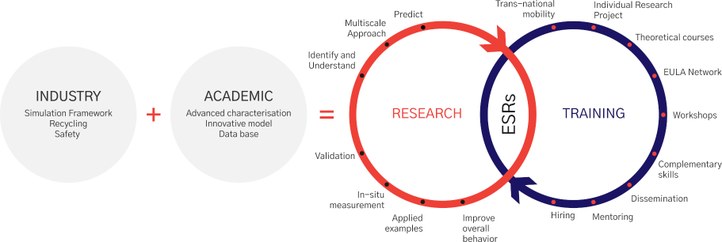Self-healing in lime-based mortars (SUBLime)
Researchers:
- Franco Grosso Giordano
- Vadim Grigorjev
- Dulce Valdez Madrid
- Nico Boon (supervisor)
- Nele De Belie (supervisor)
- Carlos Rodriguez-Navarro (supervisor)
Lime mortars have been used for millennia dating back before the ancient Egyptians. Many ancient lime mortar structure still stand today, and such a long-lasting capacity can be attributed to its ability to self-repair small cracks that appear in it over time. By healing these cracks, weathering of the structure through acid rain, freeze thaws and other environmental factors is reduced. This is denominated autogenous self-healing, occurs as CO2 and H2O are allowed in when a crack forms, stimulating carbonation of free lime or the dissociation and reprecipitation of CaCO3. Precipitation of CaCO3 then leads to the filling-in of the crack.
Although this process is well-known, it is a very slow reaction and ineffective at healing large cracks (0.3mm). This is because it is a CO2-dependent reaction and the available CO2 in the atmosphere is too little for the process to be optimal. One way of increasing CO2 is by adding microbes into the mortar, as microbes release CO2 when they grow - the same way humans do. To survive the extreme conditions of lime mortars, we must consider the use of alkali-loving microorganisms, adding protective measures for our microbes such as coatings, and the use of additives such as superabsorbent polymers that create milder microenvironments for microbial survival.
This way, when a crack forms, the microbes in the mortar matrix increase CO2 concentration, leading, in turn, to an improved self-healing. This creates longer lasting buildings that require less intervention, are better protected to environmental degradation and provide a more sustainable solution to current repair mechanisms.
